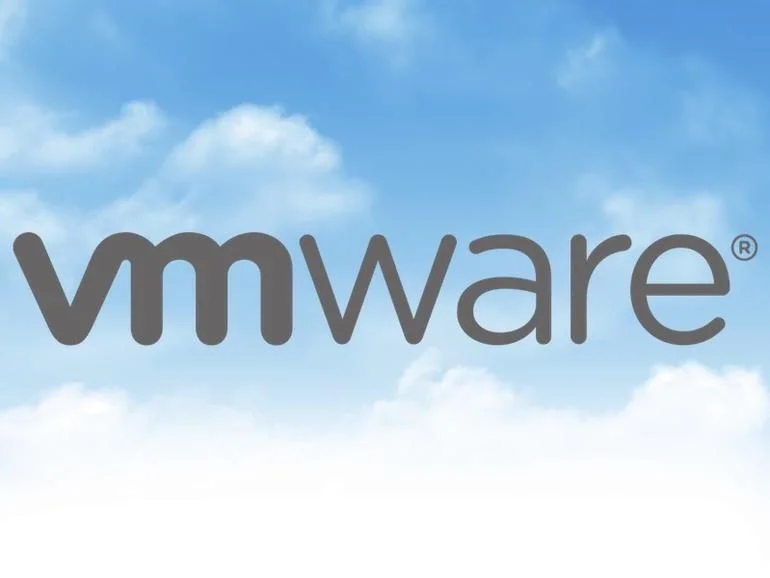5 Steps to Efficiently Clone a VMware Virtual Machine
In VMware virtualization environments, cloning existing virtual machines to create copies and using them to build new virtual machines is a common practice. This process can be useful for creating new test environments, establishing backup strategies, or when there is a need for multiple similar virtual machines.
Why Clone a VMware Virtual Machine?
Cloning a virtual machine allows for the replication of all configuration and content of an existing virtual machine. This saves time and resources, providing a quick and efficient solution when multiple virtual machines with the same configuration are required. Additionally, cloning plays a crucial role in testing environments, enabling developers and system administrators to test new software or updates in a controlled setting without impacting production systems. This process also aids in disaster recovery scenarios, where having readily available clones can significantly reduce downtime.
How to Clone a VMware Virtual Machine

Cloning a virtual machine in the VMware environment is straightforward. Follow these steps:
Step 1: Access the VMware Environment
First, access the VMware environment through management tools like vSphere Web Client or vSphere Client. These tools provide a user-friendly interface to manage all your virtual machines and perform various tasks, including cloning.
Step 2: Select the Source Virtual Machine
Identify and select the virtual machine you want to clone. It’s important to ensure that the source virtual machine is in a stable state before proceeding with the cloning process to avoid potential issues.
Step 3: Choose Cloning Options
Specify the cloning or copying options. VMware allows you to customize various aspects of the clone, such as its name, resource allocation, and storage location. You can also choose between creating a full clone or a linked clone, depending on your specific needs.
Step 4: Configure the New Virtual Machine
Configure and name your new virtual machine. During this step, you can adjust settings such as network configurations, disk space, and other resources to ensure the new virtual machine meets your requirements.
Step 5: Complete the Cloning Process
After configuring the new virtual machine, finalize the cloning process. VMware will create a new virtual machine with the specified settings and the cloned content from the source machine.
What are the Structures Involved in Cloning?
Virtual machine cloning involves creating a copy of the source virtual machine. This copy includes all the configuration, operating system, applications, and data of the source virtual machine. In the VMware environment, the cloning process involves copying virtual machine files and creating a new unique identity for the clone. Depending on the clone type, a full clone will be an independent copy, while a linked clone shares some resources with the source, reducing storage requirements.
Why is Cloning Important?
Virtual machine cloning enables businesses to save time and resources. When there is a need for multiple virtual machines with the same configuration, the cloning process provides a quick and effective solution. Additionally, cloning can be used as part of virtual machine backup and business continuity strategies. By having readily available clones, organizations can ensure minimal disruption during critical operations or in the event of hardware failures. Cloning also supports efficient testing environments, allowing for rapid deployment of identical systems for software development, testing, and troubleshooting.
Conclusion
Cloning a virtual machine in the VMware environment is an important process that enhances efficiency and resource utilization for businesses. The cloning process enables the rapid creation of new virtual machines and can be used as part of backup and business continuity strategies. Therefore, cloning virtual machines in the VMware environment is a crucial aspect of modern IT infrastructures, supporting scalability, flexibility, and reliability.




